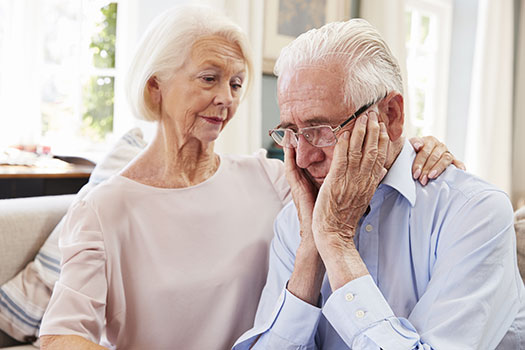There are many forms of urinary incontinence, with different causes and triggers. We’ve outlined below an explanation of the most common types of urinary incontinence. As follows;
Stress Incontinence occurs when we urinate inadvertently while performing activities that put momentary stress on the bladder, such as sneezing, laughing or exercising. Stress incontinence results from poor pelvic control or weakening of the muscles that support the bladder. It’s mostly due to ageing and the results of childbirth.
Urge Incontinence occurs when we need to urinate suddenly, without warning, and oftentimes before we can get to the bathroom in time. This is also due to weakened muscles around the bladder, from ageing and also can be from the brain sending the wrong signals to the bladder.
Overactive Bladder is when the bladder stops functioning correctly. This forces frequent bathroom visits. Mostly caused by drinking too many diuretics (coffee/alcohol) and also some health conditions.
Functional Incontinence happens when we’re aware of the need to go to the toilet, but can’t make it in time, therefore getting wet or having to go outdoors. This is most common for people with dementia or mental health conditions.
Overflow Incontinence occurs when the bladder doesn’t empty properly, leaving a feeling of excess urine in the bladder, after urination. This causes a dribble effect, without normal control. It’s most common in men with prostate issues and women with pelvic prolapse.
Mixed Incontinence is a combination of any number of the above simultaneously.






